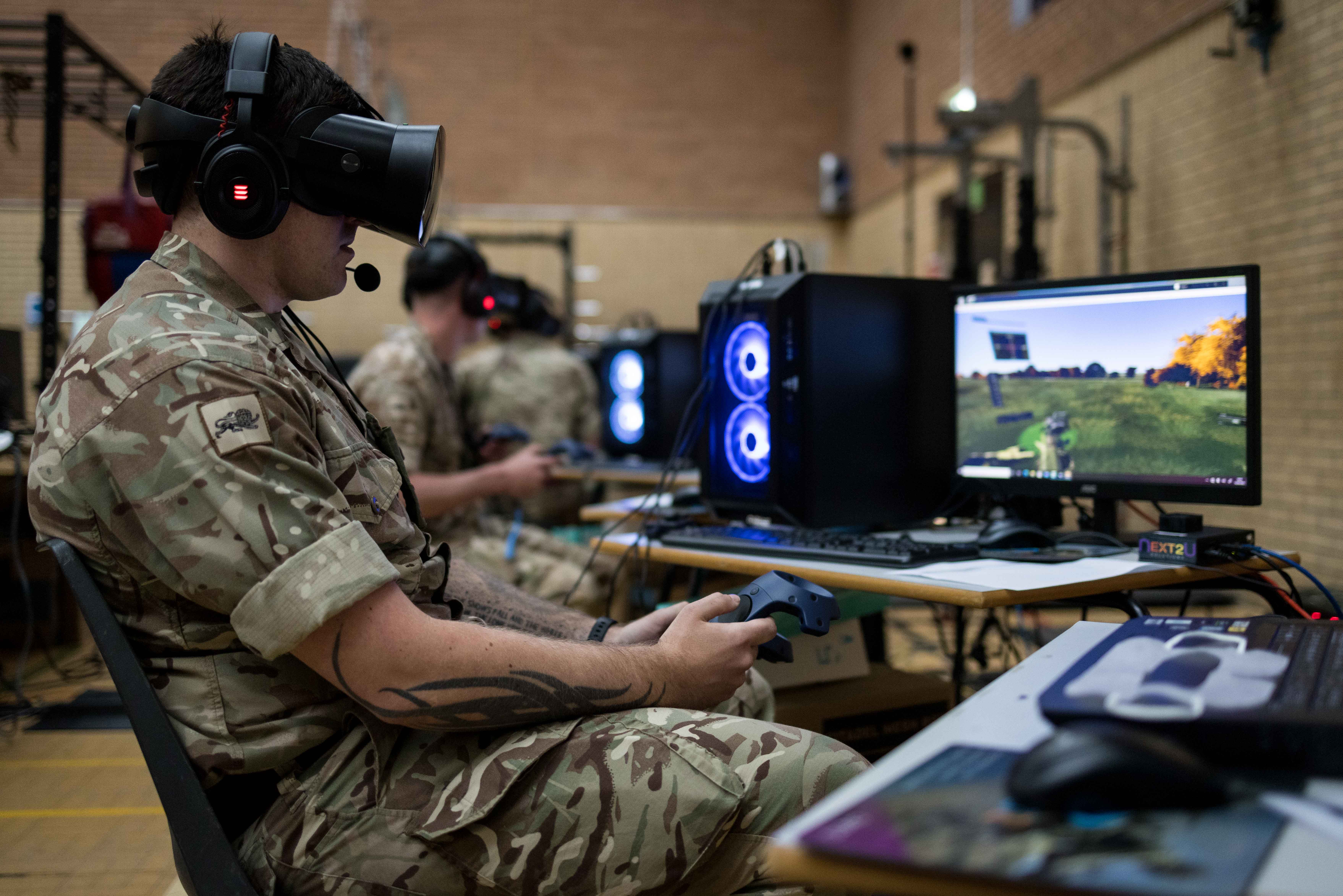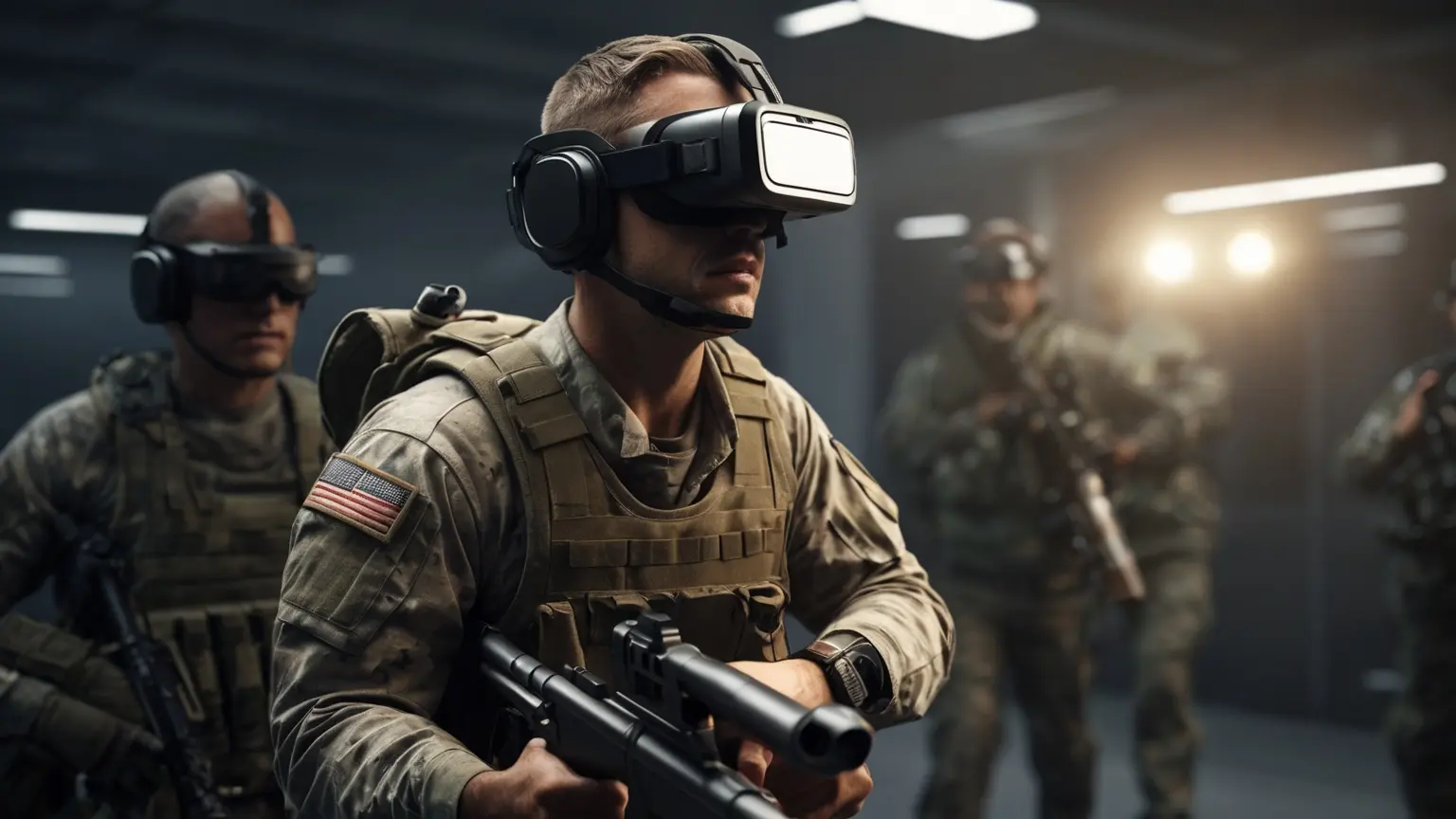As VR technology continues to evolve, its applications in the simulation sector are set to expand. With the advent of more realistic graphics, haptic feedback, and AI integration, the line between the virtual and real world is becoming increasingly blurred. This promises even more immersive, interactive, and realistic simulation experiences in the future.
In design and engineering, VR allows professionals to visualize and interact with their creations before they’re built. Architects can walk through virtual buildings, engineers can inspect virtual machines, and product designers can test virtual prototypes. This not only speeds up the design process but also helps to identify and resolve issues early on.
Virtual Reality (VR) Tools in the Military Sector
VR is revolutionizing the military sector by providing immersive, realistic, and safe training environments. Here’s how VR is being used in the military and the types of tools that can be developed:
-Immersive Training Environments
VR can create detailed simulations of real-world combat scenarios, allowing military personnel to train in a safe and controlled environment. This includes multi-user combat system networks, which are critical to a successful mission.
-Realistic Combat Simulations
VR platforms such as Future Visual’s VISIONxR™ provide fully immersive and multi-user experiences that truly reflect a variety of real-life scenarios. This gives military personnel the chance to perfect their skills and actions in response to ever-changing scenarios and technological advances.
-Activity-Based Training
As VR training can also combine haptic technology, it provides a great tool for activity-related training, such as weapon handling, as well as practicing potentially life-threatening activities such as parachute jumps. It can also help personnel acclimatize to working with, and in, claustrophobic military equipment environments, such as submarines and tanks.
-Unit Training
The great thing about VR training is that it gives units the chance to train together, meaning that it can help to train on how to effectively work interdependently and understand the impact their actions can have on their colleagues.
-Response to Technological Changes
As advances in technology and communications are leading to a shift from hardware-driven defense strategies to data-driven defense solutions, VR training tools give personnel the chance to rise to the challenges that technological changes present to everyday working conditions.
-Scalability of Training
In a sector that requires large numbers of personnel to be trained to a high level, rolling out practical training at scale is crucial. Moreover, it’s a cost-effective way to ensure consistency of training across thousands of military personnel, with the added bonus of being able to monitor and evaluate individual performance.

